Bronx grapes are seedless grapes that grow in large, loose clusters with small to medium round fruits. They have thin, almost transparent green skin with a pinkish blush.
Their fragile nature makes shipping and handling a challenge. If the grapes are left on the vine, they will turn dark pink. The grape has a floral aroma with musk. Its seedless flesh is very juicy and has a sweet, honeyed taste and melting texture.
Season/Availability Bronx grapes are available for a short time in late summer and early fall. Current Facts The Bronx grape is a rare hybrid table grape grown in small quantities. It is a cross between the seedless cultivar Thompson and the Concord grape and is classified as Vitis labrusca x Vitis vinifera.

Although the Bronx grape is known as a “red seedless” grape, it is harvested when it is translucent and reddish in color. The Bronx grape’s status as an endangered species was highlighted by its addition to the Slow Food Flavor Fund.
The nutritional value of Bronx grapes is rich in vitamins C and K, as well as B complex vitamins and dietary fiber. They also contain potassium, beta-carotene and small amounts of manganese, calcium, iron, magnesium, phosphorus and copper.
Uses Bronx grapes can be consumed raw or cooked. They are usually served as table grapes and eaten as a snack. Bronx grapes can be served whole or halved in a salad with other vegetables or , chicken, pasta or a classic Waldorf salad.
San Franco serves grape slices in a panzanella-style salad with walnuts and sherry vinegar. Add Bronx grapes to appetizers, kids’ lunches, or top them with mascarpone and honey for dessert. They can be used in cooking or cooking in delicious meat or poultry dishes. To store Bronx grapes, refrigerate for up to a week without washing.
Ethnic/Cultural Information The Bronx grape, found on the East Coast of the United States, is grown almost exclusively by Lagier Ranch, a farm located in San Joaquin County, California.
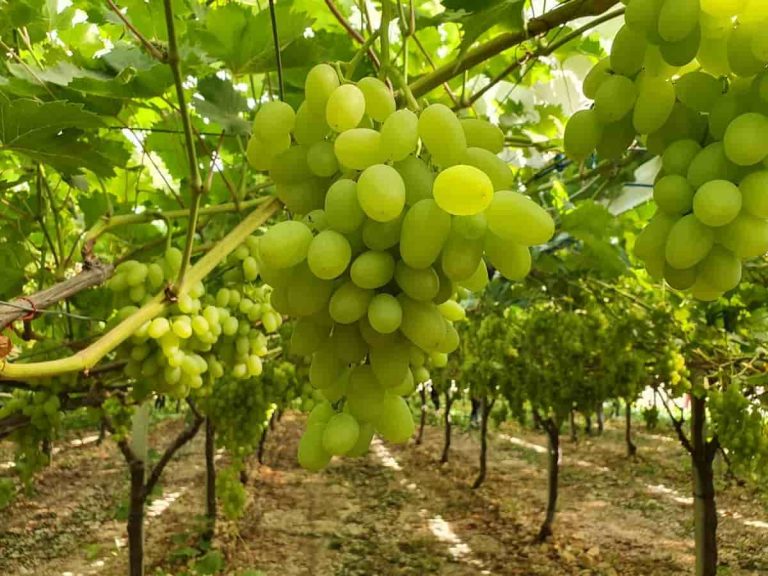
The owner is a fourth generation farmer who moved back west from the east coast in 1979. He brought with him real Bronx grapes cut from the “Mother Vine.” At Lagier Ranches, Bronx grapes are selected based on skin blush and fruit sugar levels.
Bronx grape geography/history was developed through a partnership between the Cornell University Agricultural Experiment Station in Geneva, New York and the New York Botanical Garden that began in 1919.
A true hybrid of the Sultana or Thompson grape, Concord grape variety NY8536 was established in 1925. It produced 68 seedlings. Of these, Bronx seedless grapes were selected in 1931 and then officially introduced in 1937. The drier climate of north central California seems to be better suited for the Bronx grape.
Only a handful of farms in northern California and Oregon grow grapes, and only one farm sells them aggressively. Bronx grapes are most likely to be found at farmers markets in the Bay Area or specialty stores or restaurants in San Francisco and New York. Bronx grapes are widely available in markets throughout the San Francisco Bay Area and are shipped to select markets in New York City and Connecticut.
The ingredients are solid, the flavor is out of this world, and the texture is enough to make Welch jealous! writes Antonio Weth, chief buyer for Fruitgoys in the San Francisco Bay Area. This artisanal grape is so rare that it is listed on the International Slow Food Taste Register, a list of endangered heritage foods.
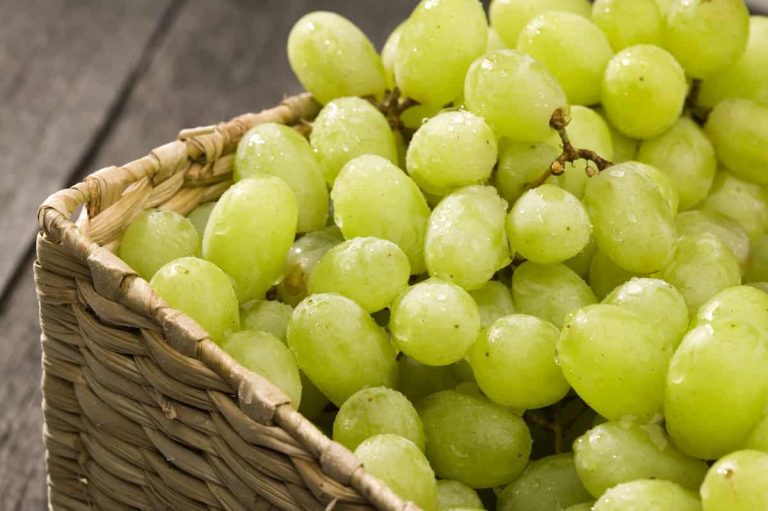
Rare and delicious is no less a culinary salad than what Alice Waters described as “surprisingly delicious” in her book The Art of Simple Food. New York Times food writer Florence Fabricant described the Bronx seedless grape as “a pale pink, pretty, greenish grape (with a thin, green, semi-sweet skin).
The story of the Bronx grape is a story of agricultural change over the past century, from delicate artisan fruit hybrids that taste amazing and are eaten only locally, to fruit varieties that can withstand shipping and have a long shelf life. Mild taste. Sampling regular supermarket table grapes and Bronx grapes will convince your mouth that the old ones taste better.
Grown in California, this small hybrid table grape is a cross between seedless Thompson and Concord grapes. Its history dates back to 1919, when a grape breeding program was initiated between the Cornell University Agricultural Experiment Station in Geneva, New York, and the New York Botanical Garden in the Bronx, New York to develop seedless table grapes.
The original seedless Bronx grape cross was developed in 1925, but was considered unsuccessful because the berries were susceptible to fungal infections, cracked skin, and frost damage from the cold, wet weather in upstate New York. The skin was so thin that the grapes could not be transported commercially as they spoiled easily, ending 20th century dreams of world fame.

This is the only commercial farmer the Bronx has to offer! Another interesting fact that makes me go bananas is that their vines are grown from cuttings of the original mother vine! Antonio says.
Italia is a seedless grape variety widely grown in the Aegean region of Turkey, while Bronx Seedless is a seedless grape variety preferred by consumers for its pink berries and interesting flavor. The aim was to study the volatile compounds of table grapes during berry ripening.
Bronx seedless grapes contained less than seven terpenes, three aldehydes, one stearic acid, three alcohols, one C6 complex, one total aldehyde, total alcohol, eleven terpenes, one stearic acid, four esters, and one alcohol. Its total content is more than four C6 blends and Italian table grapes. The concentration of most of the analyzed volatile compounds increased from the “beginning of berry ripening” to the “berry ripening” stages.
Conclusion: Both cultivars can be classified as neutral aromatic varieties and seedless Bronx is likely to be harvested later in Italy for better aromatic quality.

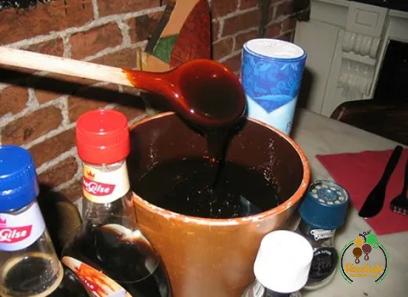
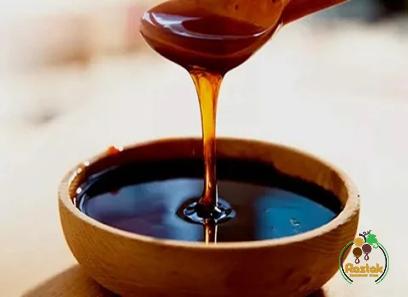






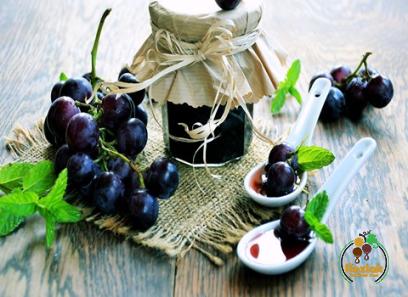

Your comment submitted.